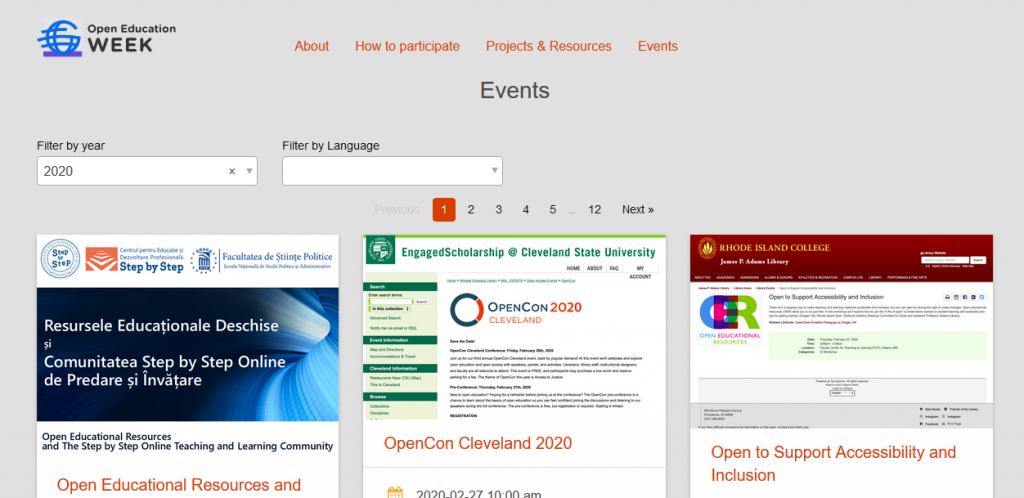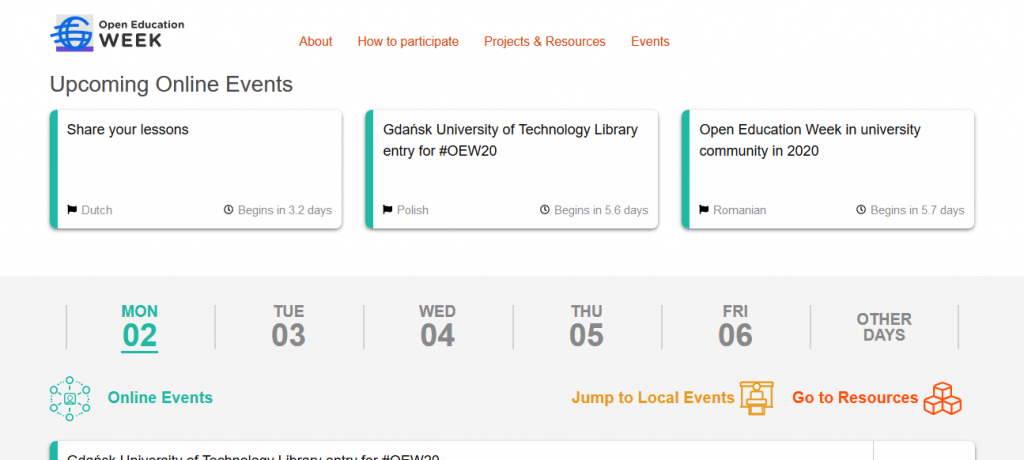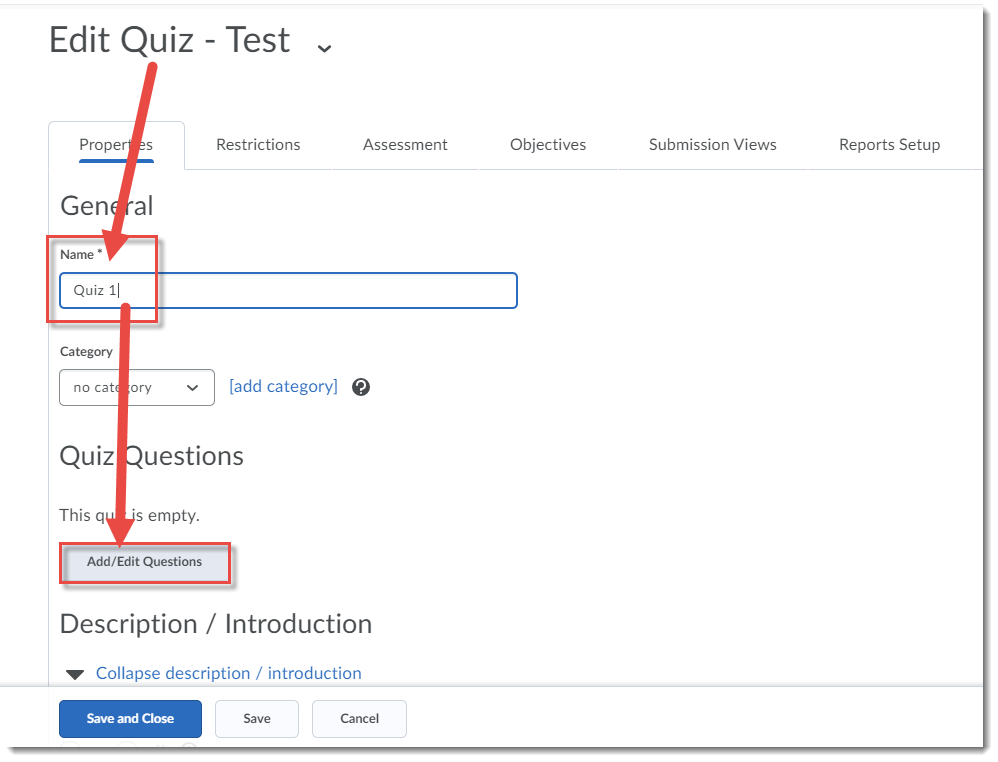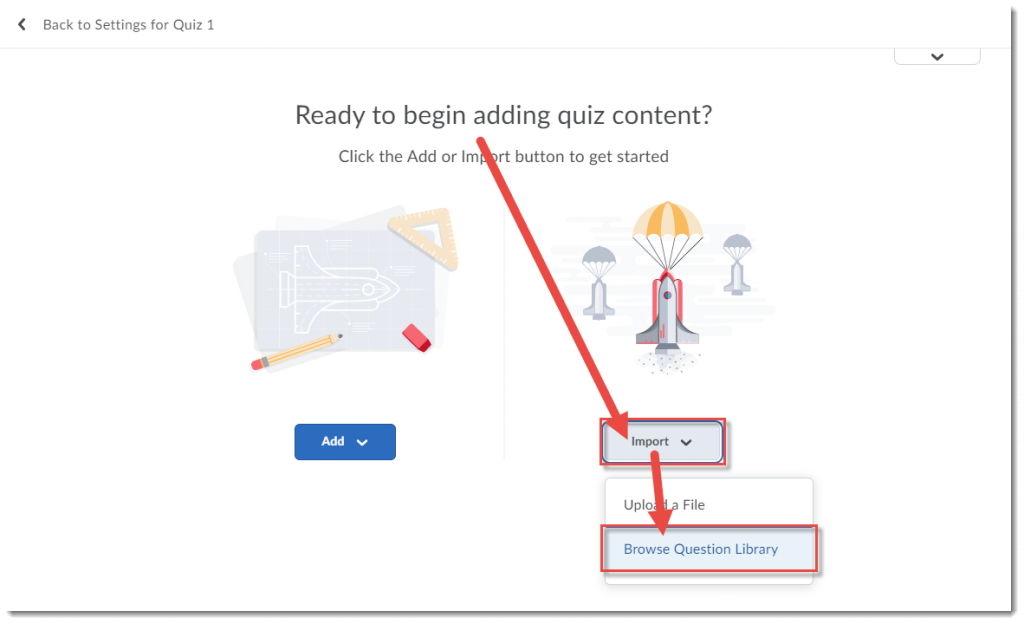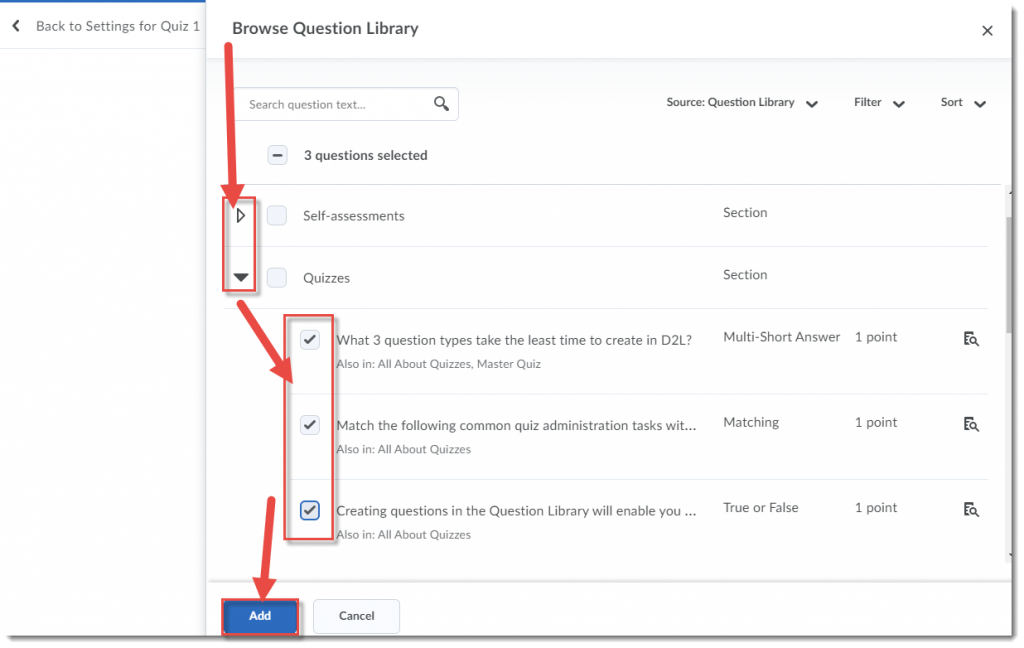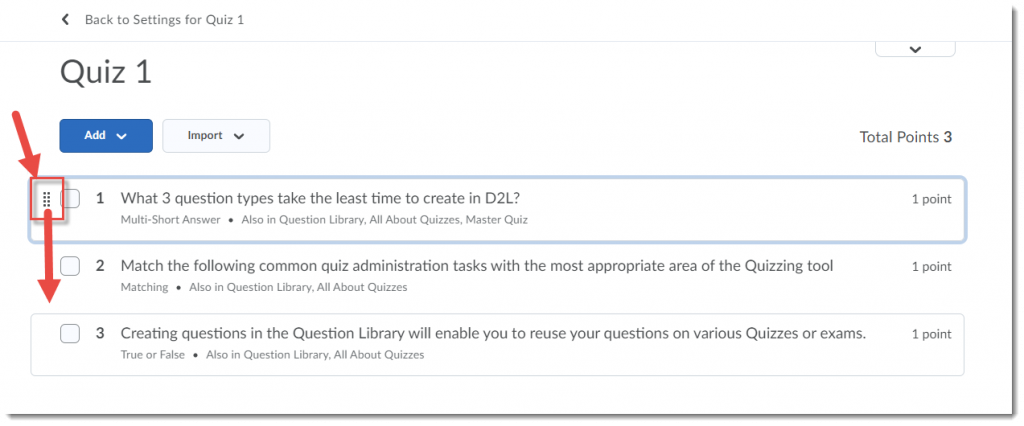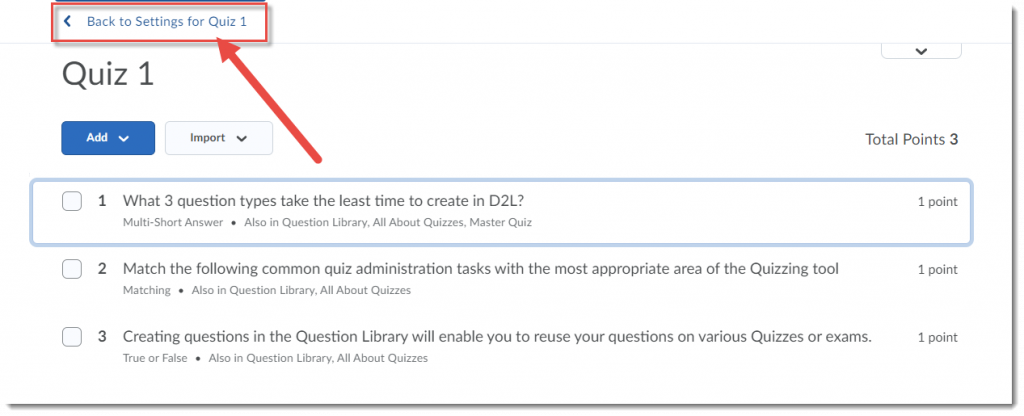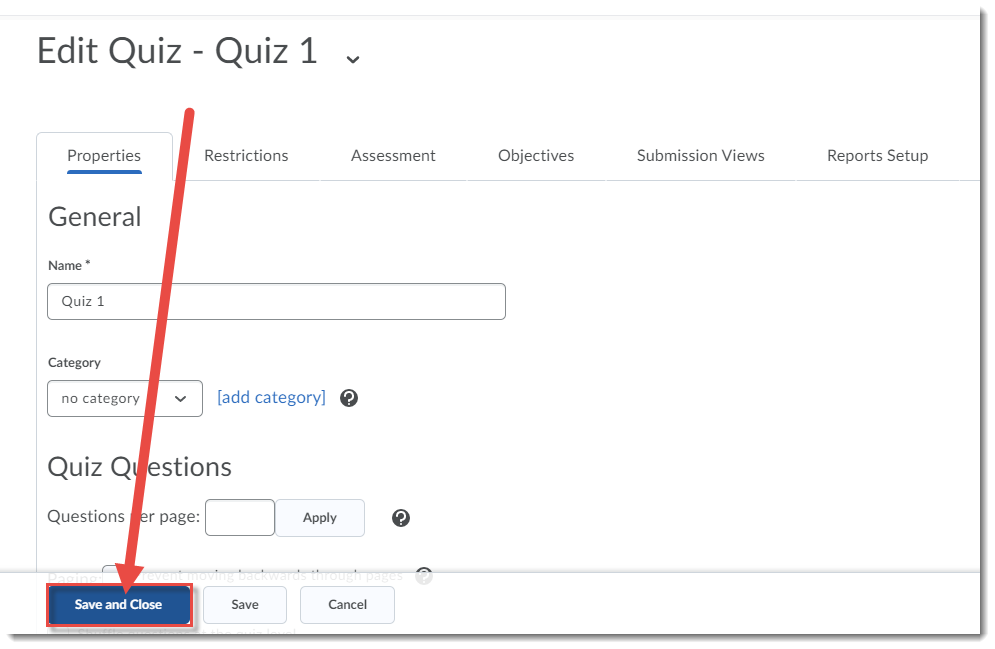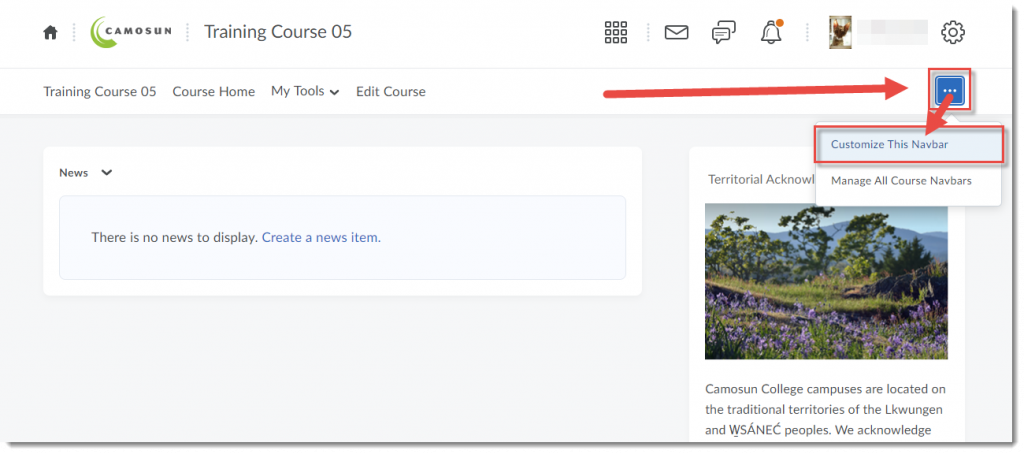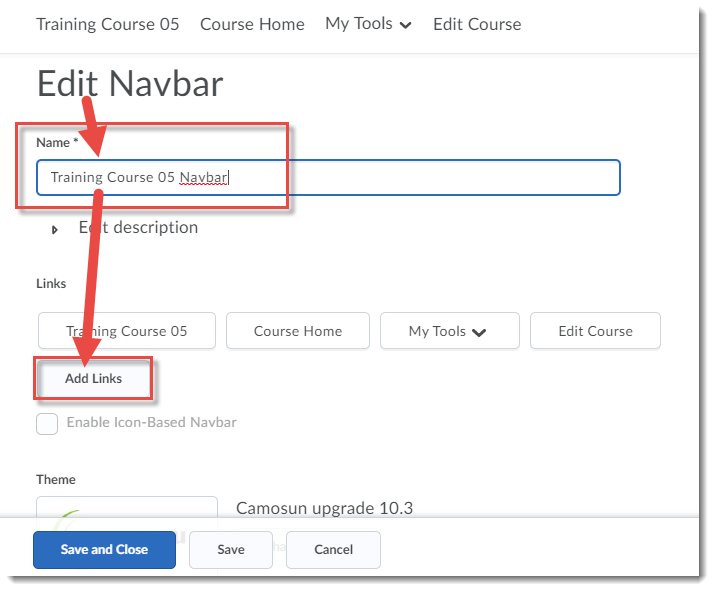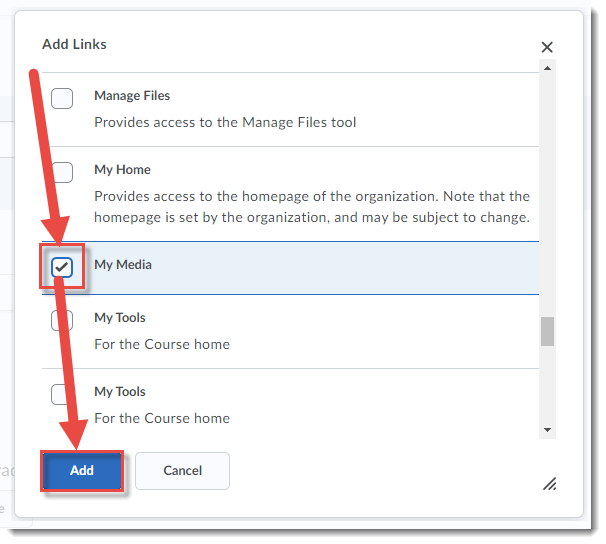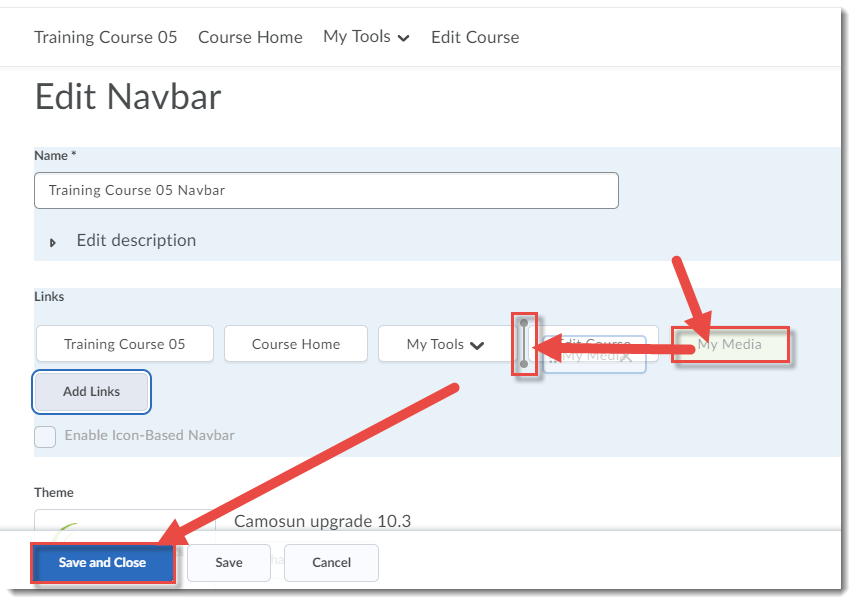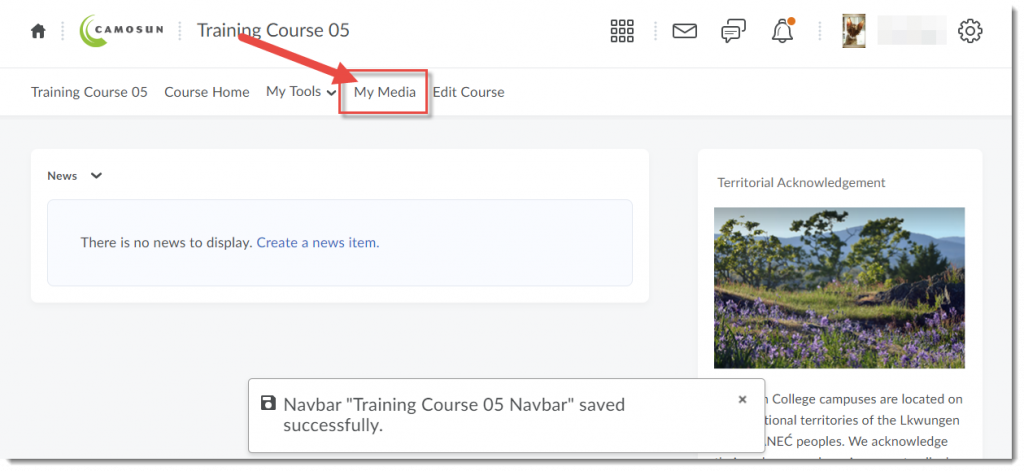I just wanted to send a reminder to remind you to register for our eLearning Spring Workshops. We have amazing offerings at both Lansdowne and Interurban covering D2L, Articulate Storyline, Kaltura, Collaborate Ultra, Open Education, Universal Design for Learning, and a wide range of topics around teaching with educational technology.
Before I give you the links to the spring workshop information, I also wanted to let you know that we have another workshop running on Tuesday, March 17th called Top 10 Digital Learning Skills Strategies for Your Students. You can find out more, and register on our website, but here is a bit more information: “Are you looking for strategies to support your students who are learning to use digital resources? Whether you are using D2L to support your face-to-face teaching, teaching blended, or completely online, we have some tips and resources for you!”
And now, follow the links to our eLearning Spring Workshops at Lansdowne and our eLearning Spring Workshops at Interurban to register for our May/June offerings!

